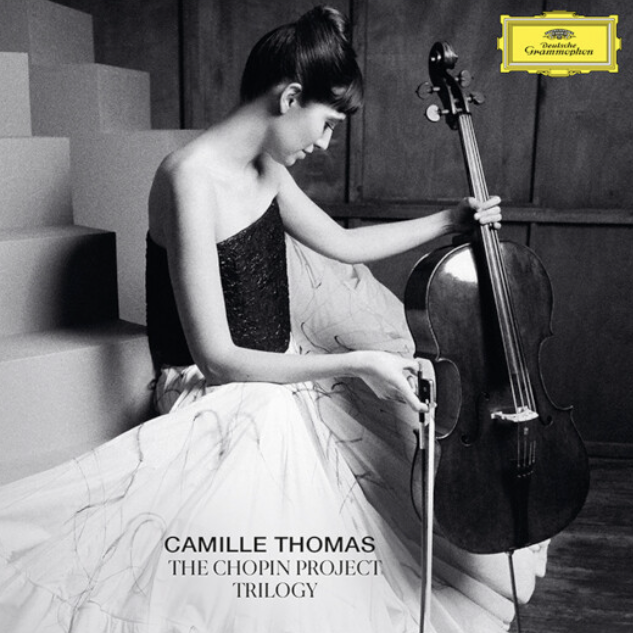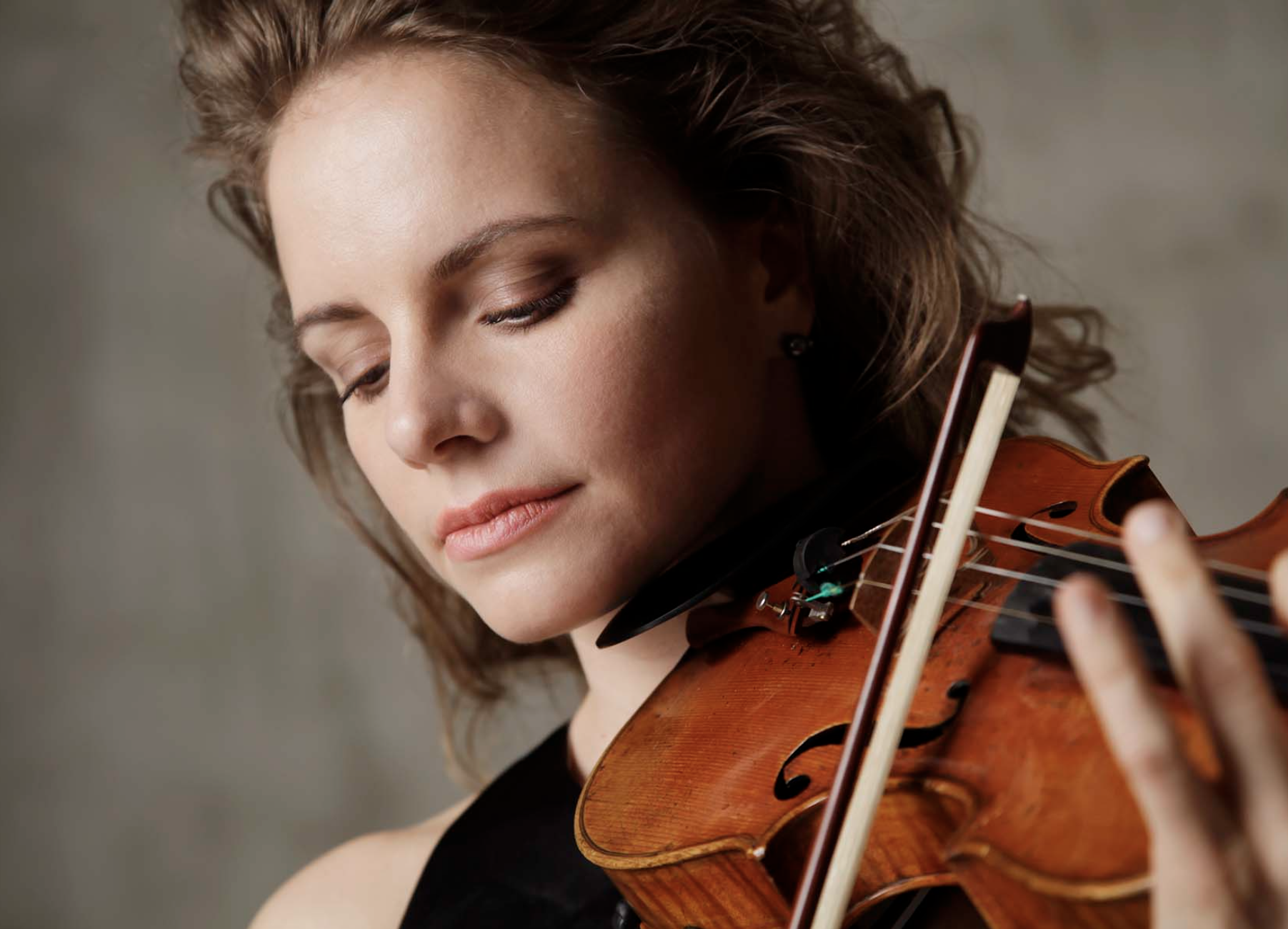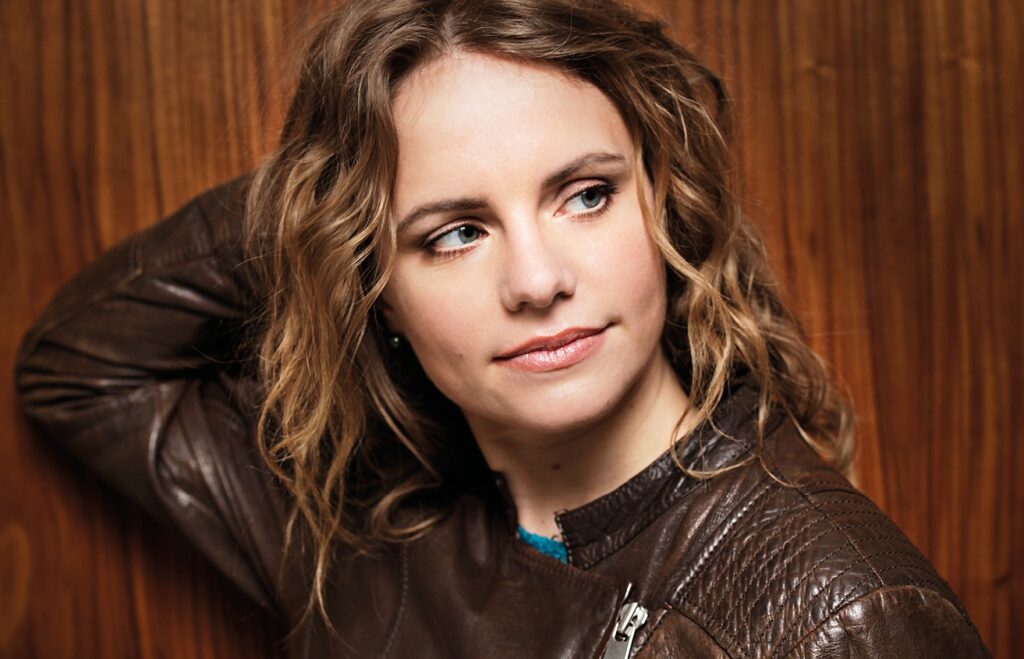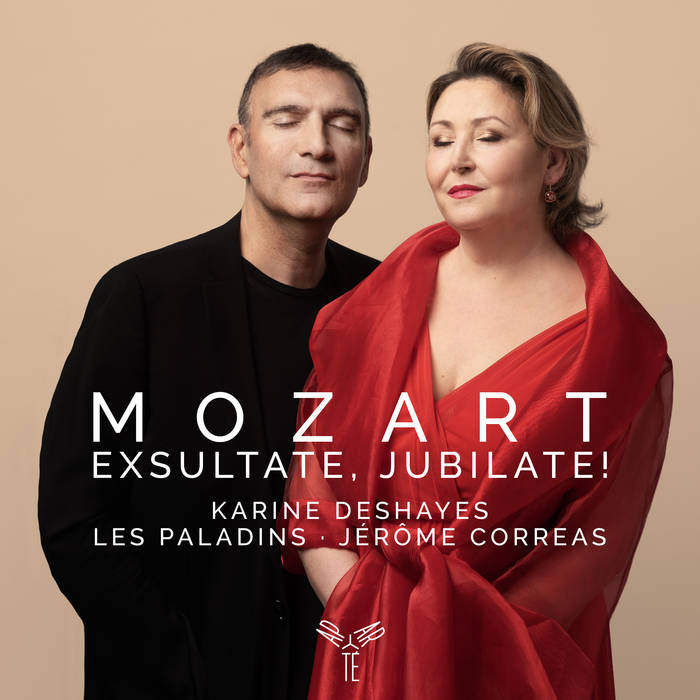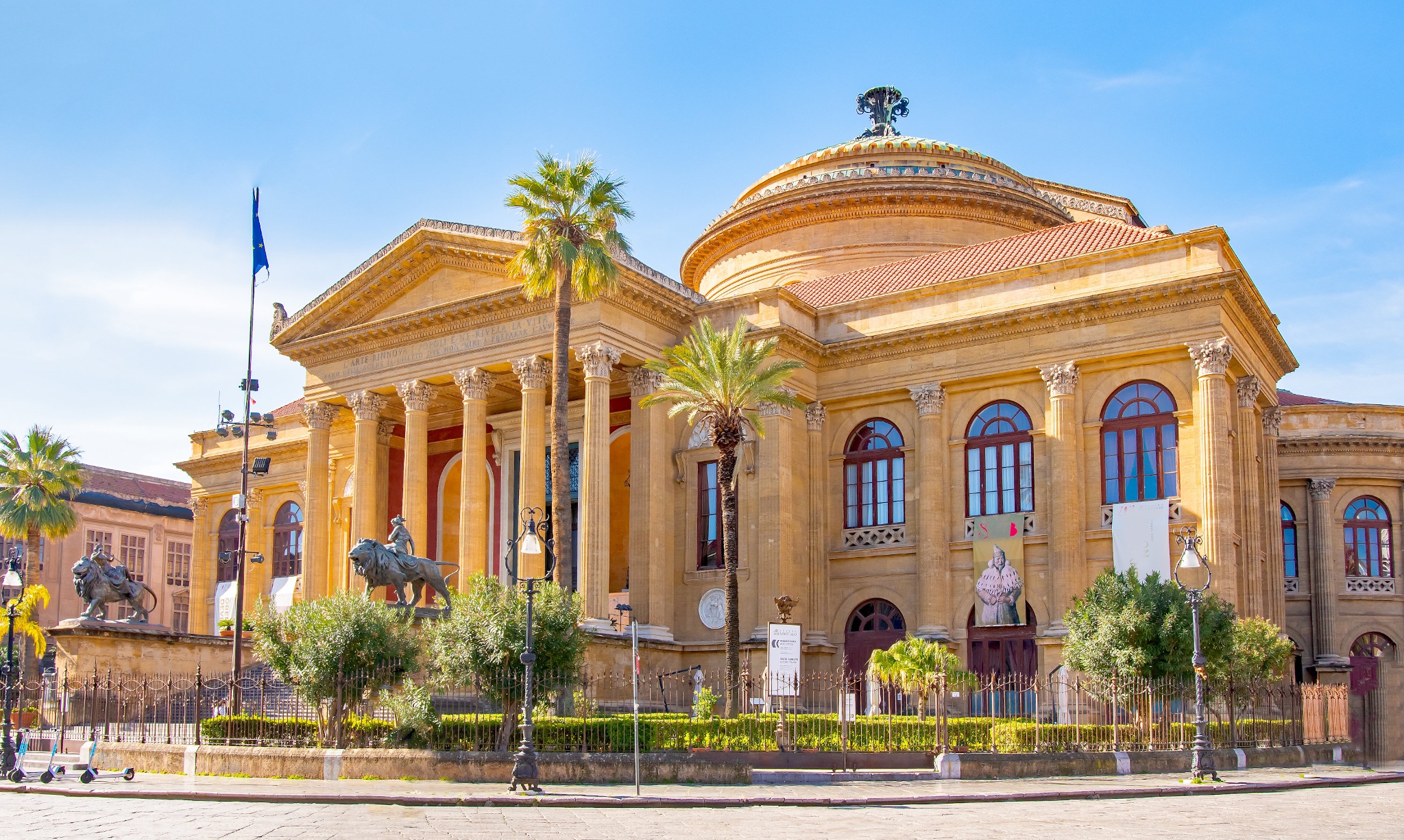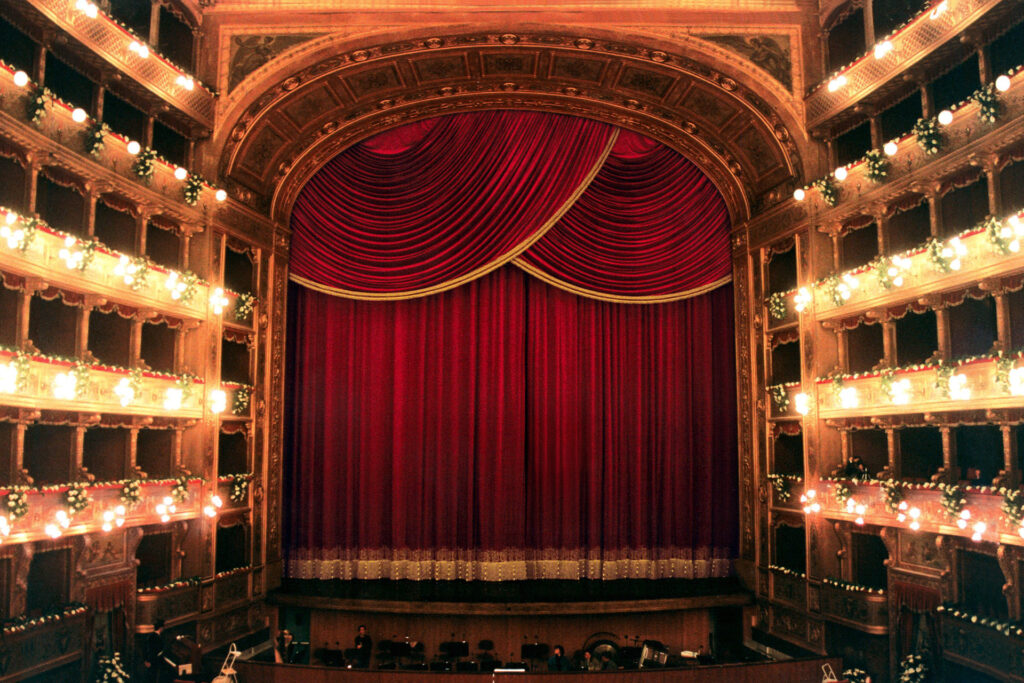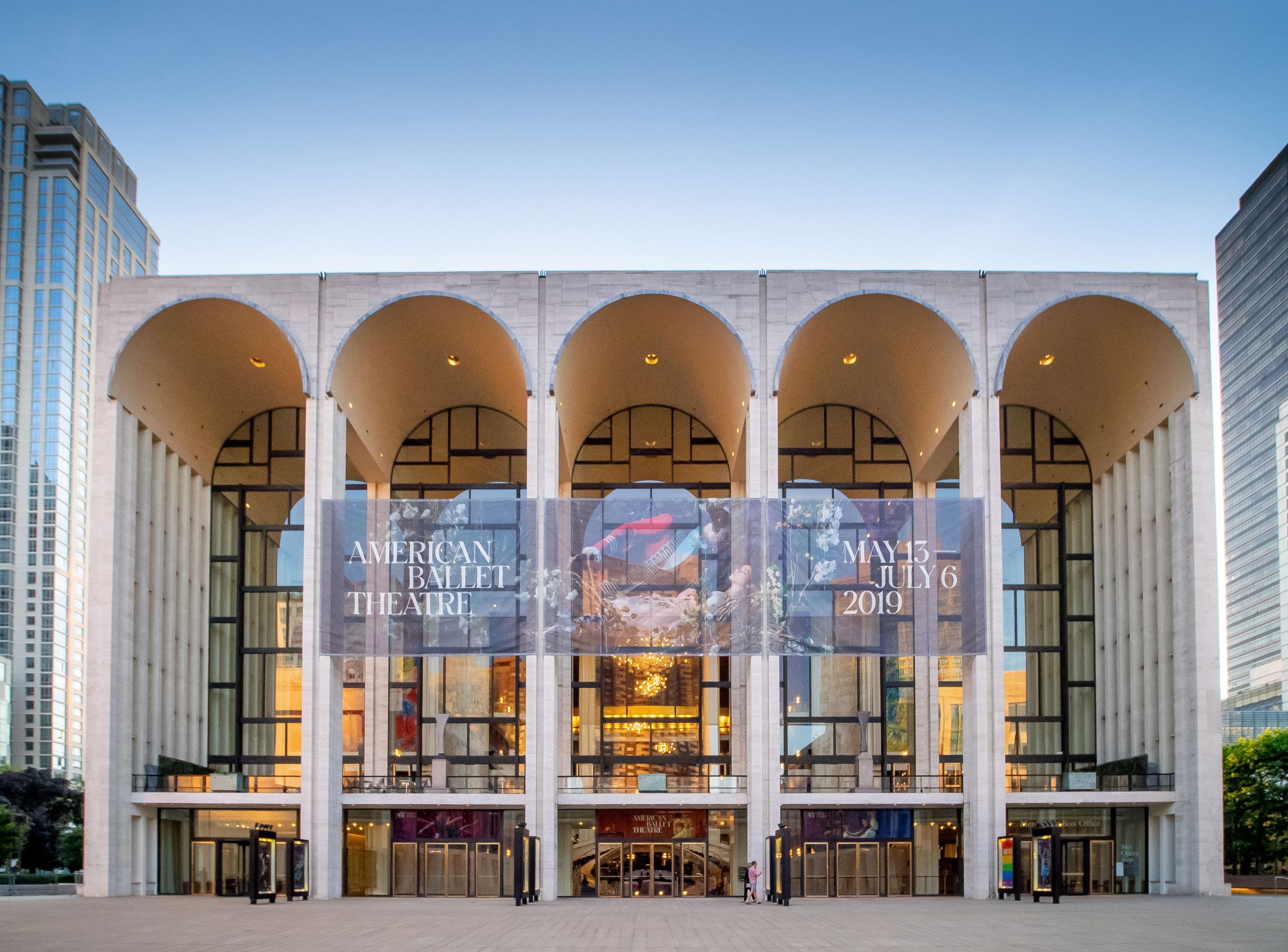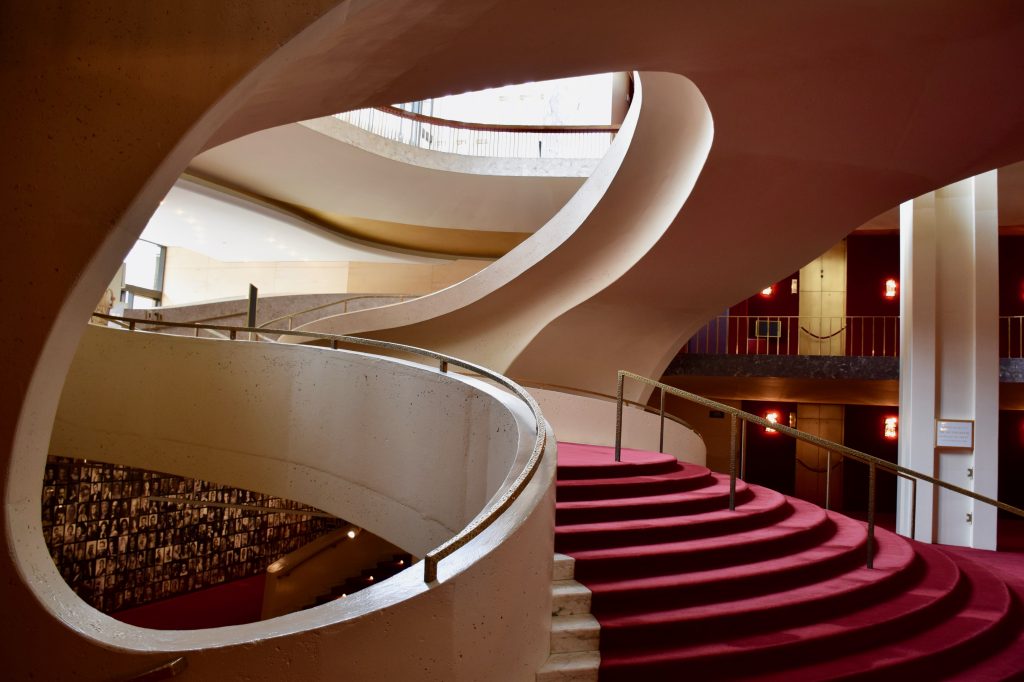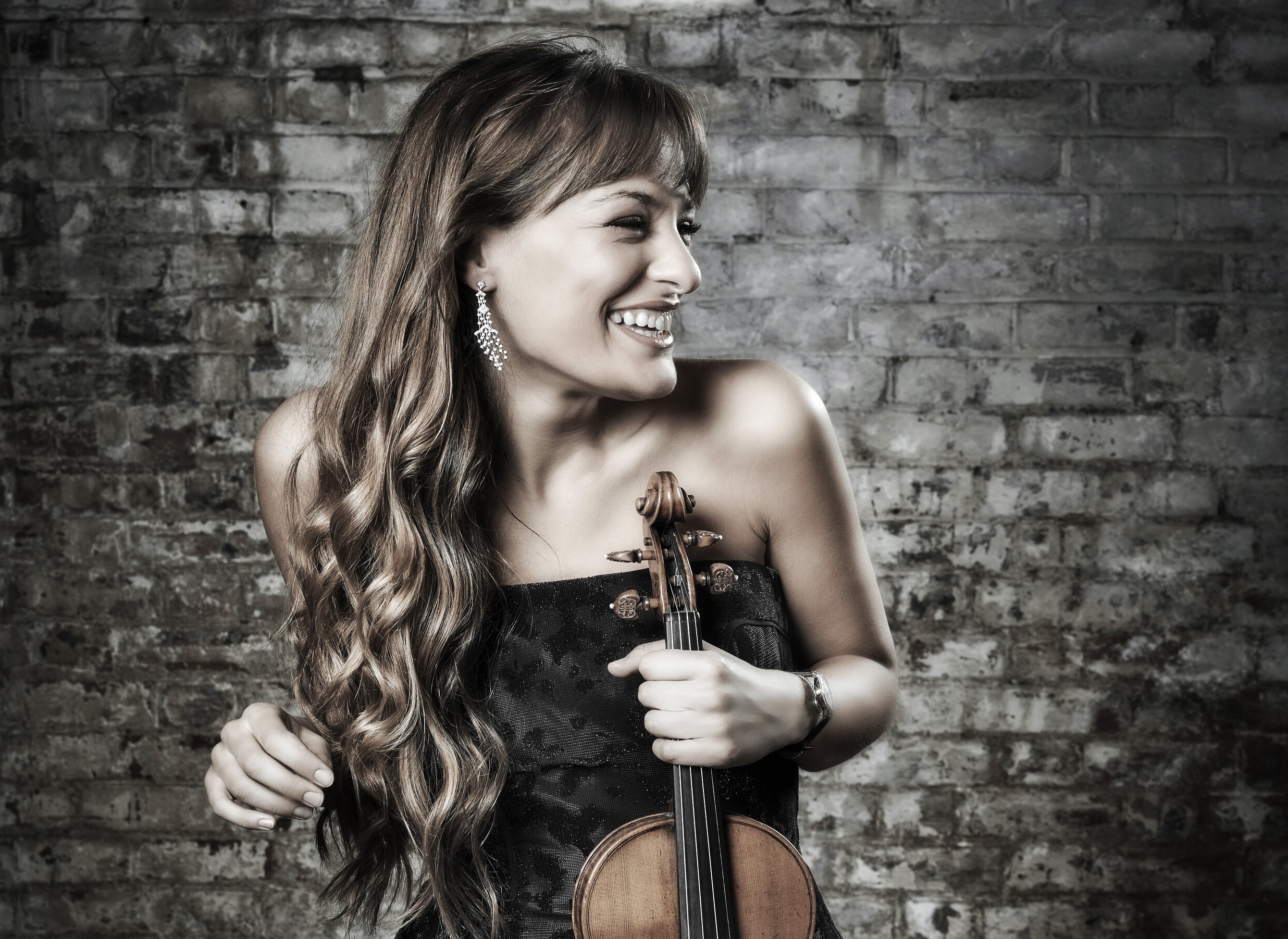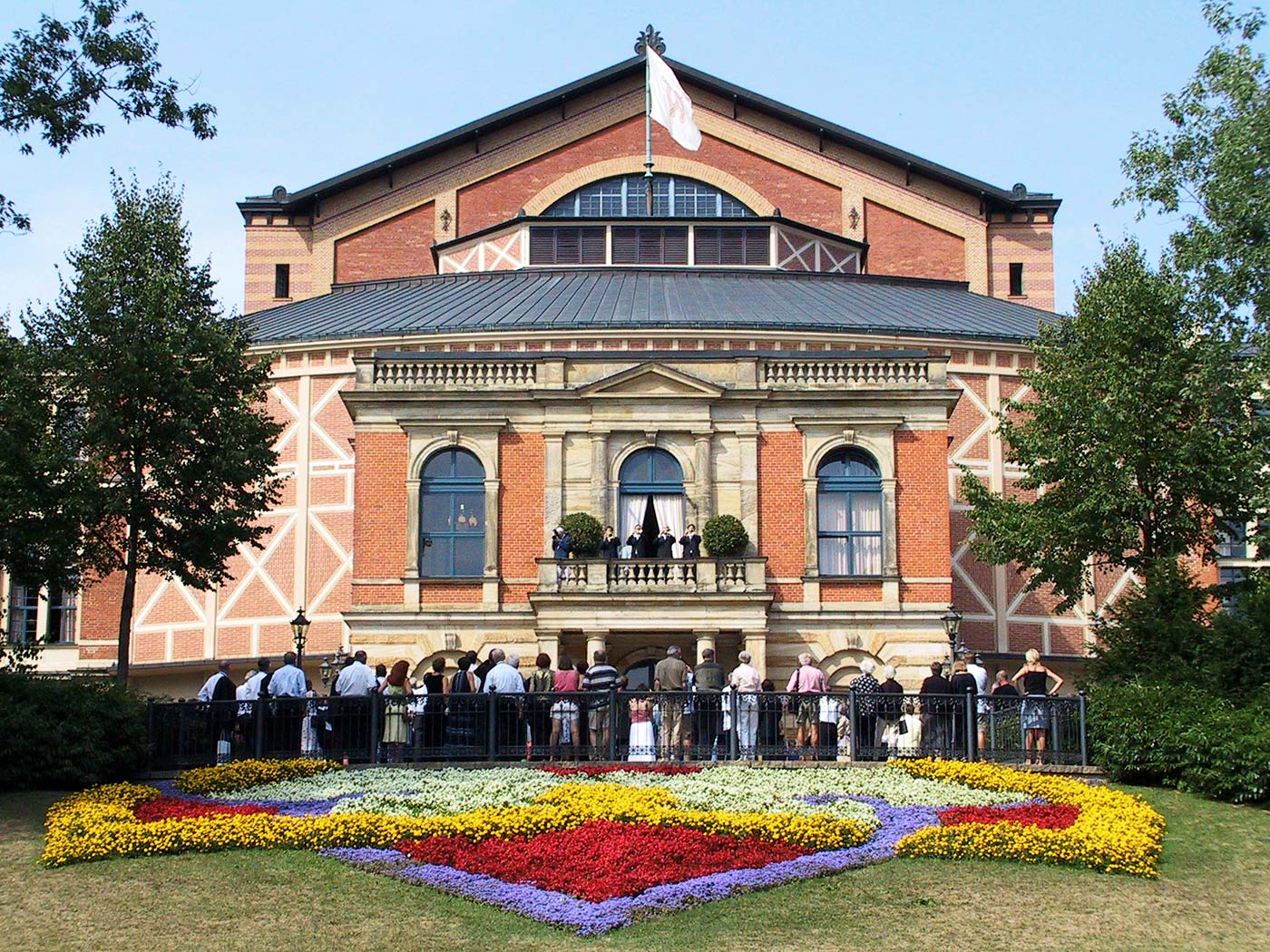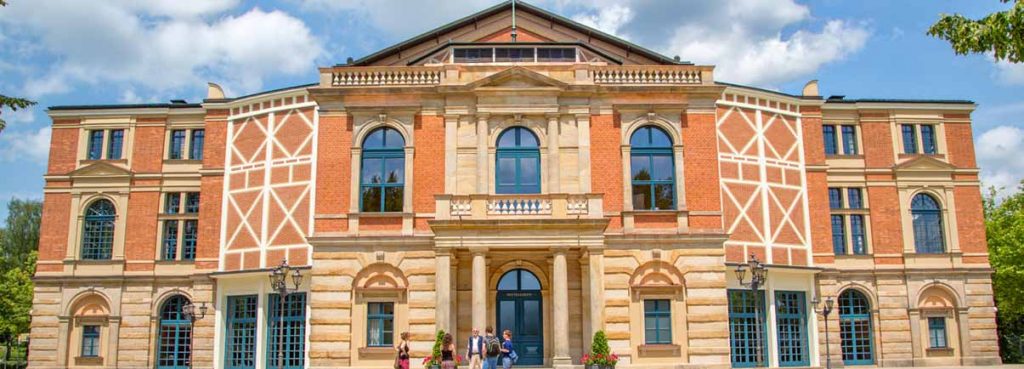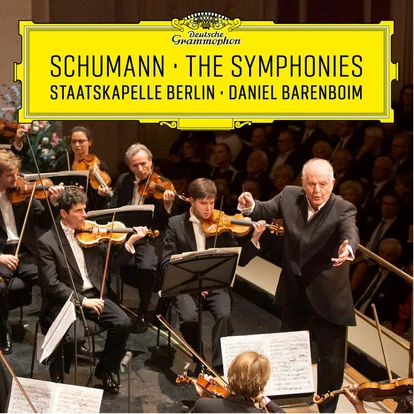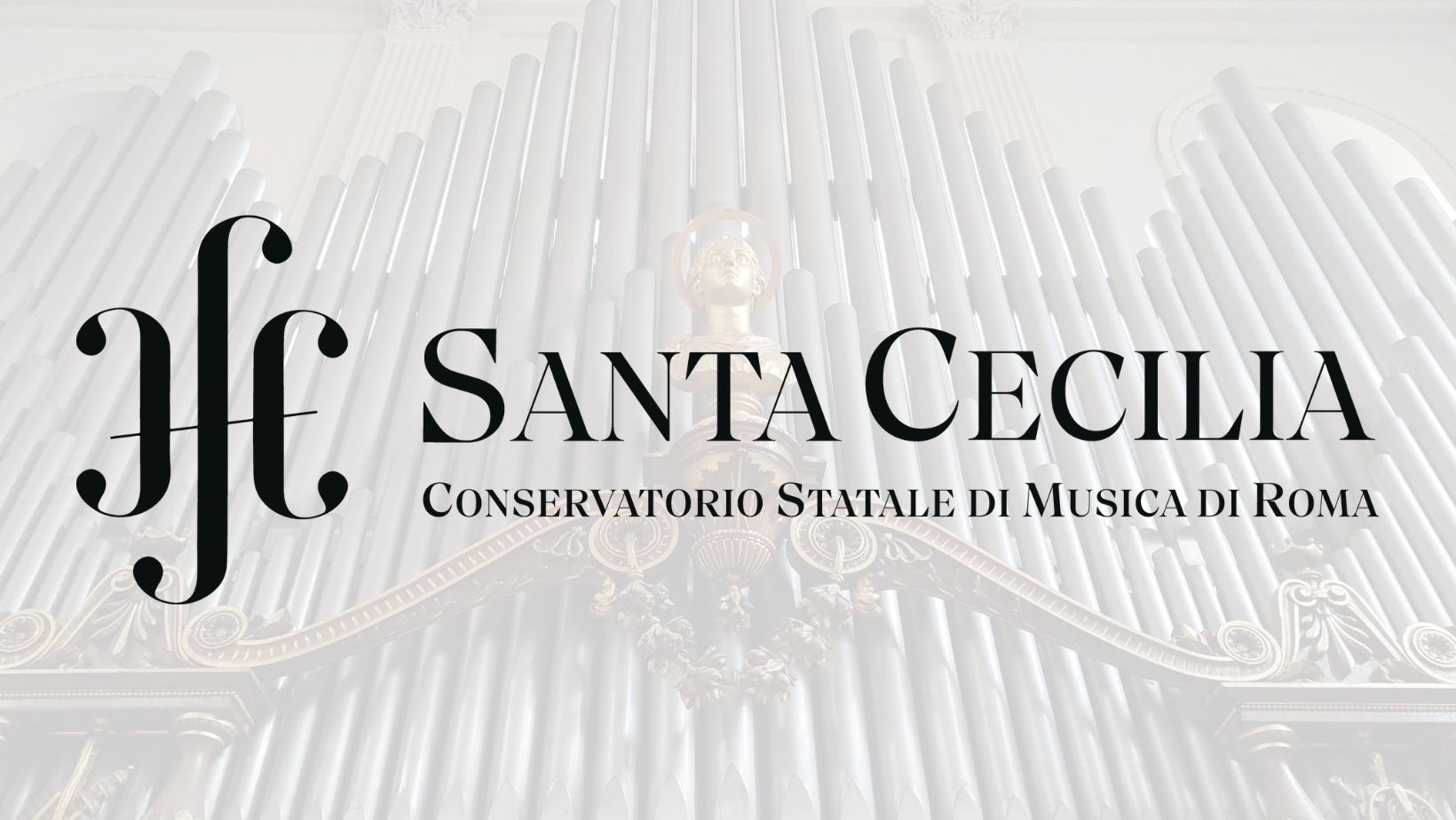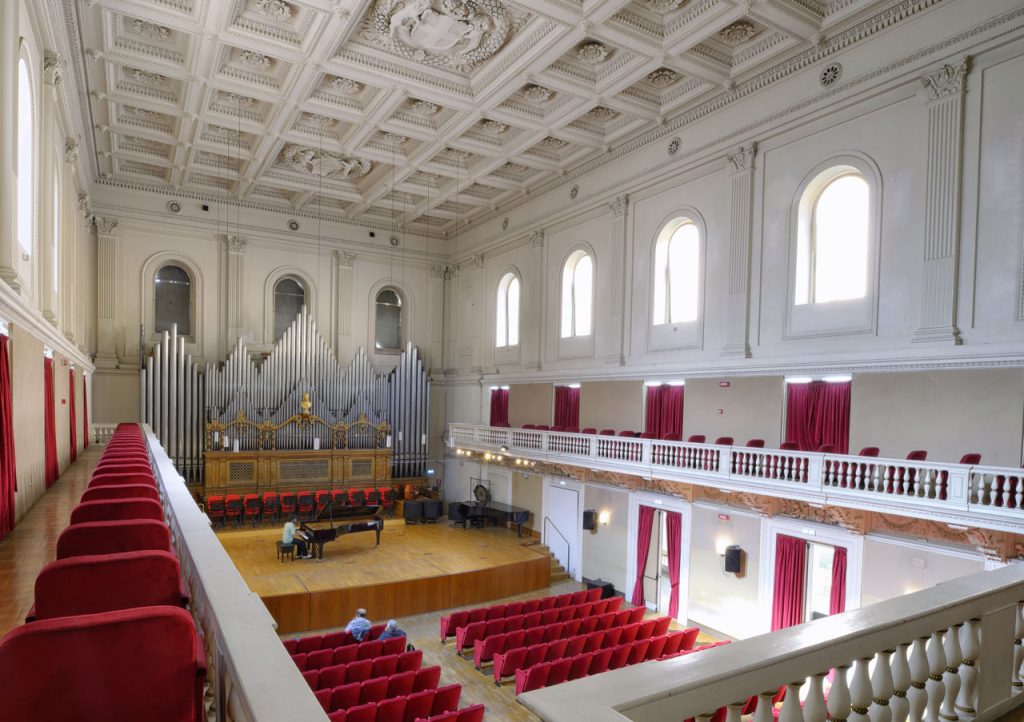The Chopin Project Trilogy – Camille Thomas
An Unconventional Ode to Chopin
In the realm of classical music, innovation and reinterpretation often breathe new life into beloved compositions, and “The Chopin Project” by cellist Camille Thomas stands as a showcase of this creative spirit. Thomas takes on the monumental task of transcribing Chopin’s quintessentially pianistic works for the cello, producing a triple album that offers a unique perspective on the masterful composer’s creations.
At first glance, the idea of translating Chopin’s intricate piano compositions to the cello might raise eyebrows, but historical precedent reveals that such a fusion would not have been out of place during the 19th century. Augmented by the contributions of Chopin’s friend, cellist Auguste Franchomme, these transcriptions bridge the gap between two instrumental worlds, yielding a fresh sonic landscape that invites both scrutiny and admiration.
Divided into three distinct sections, the album traces the evolution of this daring project. The initial CD boasts arrangements for cello and piano, not only by Franchomme but also by Thomas herself and other skilled musicians. Thomas’s performance is imbued with a profound understanding of Chopin’s lyricism, yet her execution remains controlled, fitting seamlessly into a chamber music context. An unexpected gem on this disc is a rendition of Jane Birkin and Serge Gainsbourg’s “Jane B.,” interwoven with Chopin’s Prelude in E minor, Op. 28, No. 4, demonstrating the eclectic scope of Thomas’s vision.
The second segment delves into Chopin’s complete chamber music, some of which receives Franchomme’s transformative touch. This exploration provides a rich opportunity to appreciate Chopin’s compositions through a different lens, revealing intricate details that might be overshadowed on the piano.
The third and final CD showcases Chopin’s works reimagined for multiple cellos, courtesy of Franchomme’s innovative arrangements. Furthermore, Emanuel Schmidt’s cello and string quartet version of the Cello Sonata, Op. 65, adds an extra layer of depth to the project. Notably, Franchomme’s own compositions, included in this section, once masqueraded as authentic Chopin pieces, a testament to his mastery and the era’s blurred lines between composers.
Camille Thomas, the driving force behind this endeavor, emerges as an inspired cellist. Her dedication to uncovering the Chopin-Franchomme connection is evident in her meticulous research and heartfelt performances. While experiencing the entirety of “The Chopin Project” in one sitting might be a formidable task, the album offers an invaluable contribution to the Chopin discography. This release caters to both ardent Chopin enthusiasts and those seeking a novel perspective on classical music history.
“The Chopin Project” by Camille Thomas is a bold and imaginative exploration of Chopin’s compositions through the lens of the cello. Thomas’s artistry and dedication shine through, offering a multifaceted listening experience that challenges preconceptions and enriches the world of classical music. This album is a worthy addition to any serious Chopin lover’s collection and a demonstration of the enduring spirit of musical innovation.
